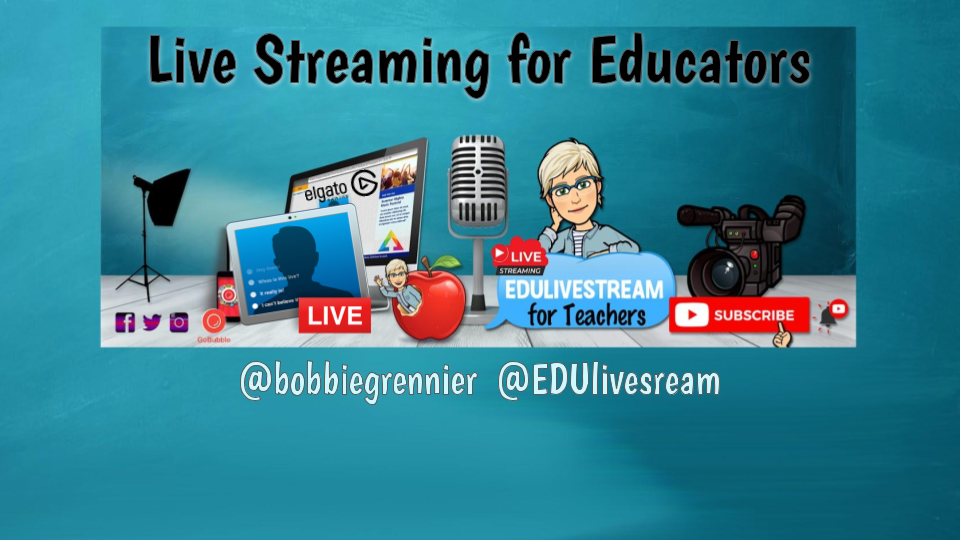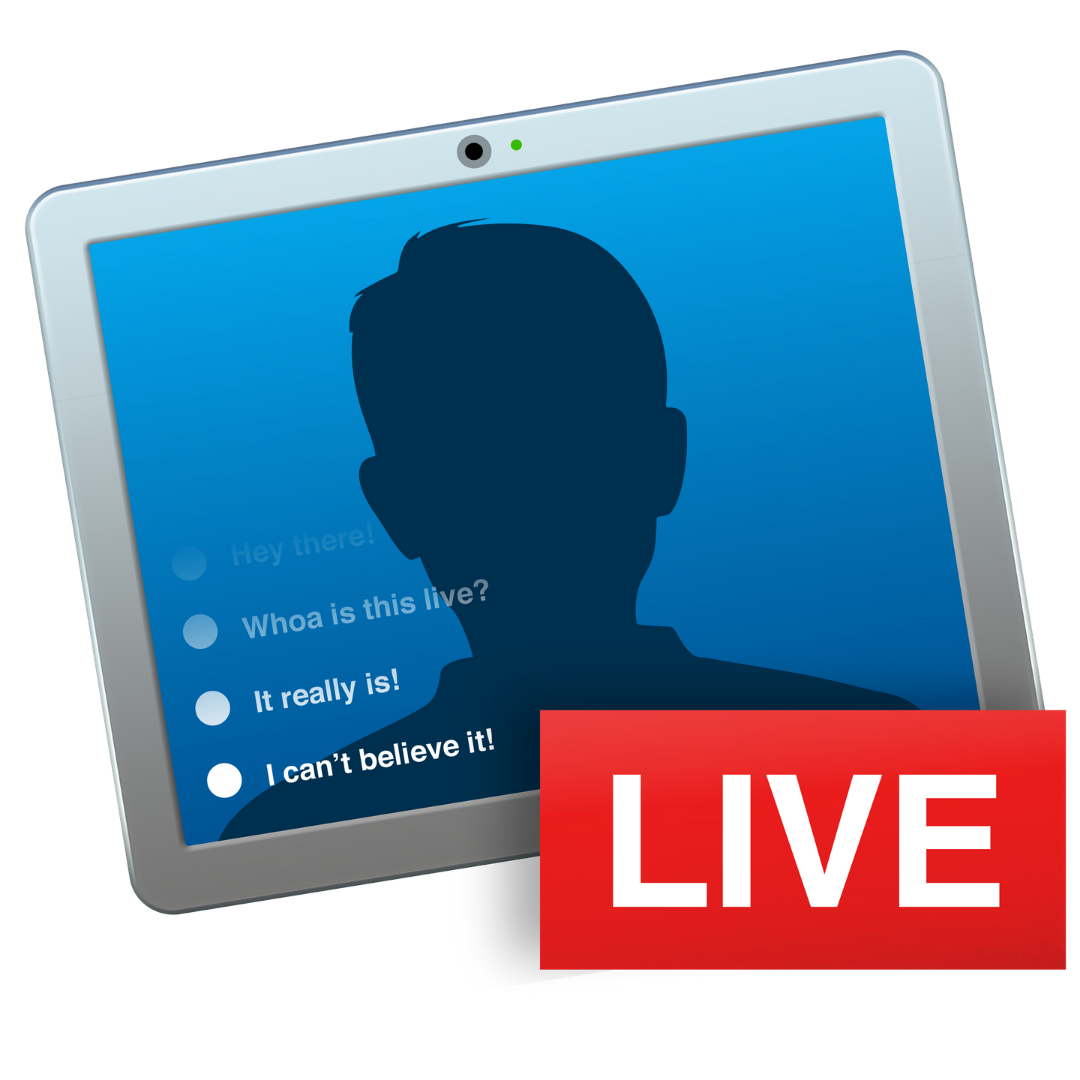What’s a Video Encoder?
A video encoder converts analog or digital video to another digital video format for delivery to a decoder. For television broadcasts, video encoders will typically input SDI as an uncompressed digital video signal into H.264 or HEVC. Video encoders designed for ISR and IPTV will typically accept analog composite video, SDI, or Ethernet along with application-specific metadata for transporting onto different types of viewing or storage devices over a wireless or IP-based network for viewing via computer monitors or for capture by a storage device.
That was probably clear as mud for you. So in more normal-speak, a video encoder lets you manage all your digital capture devices and audio assets while feeding the result to a live-streaming production resource.
Still not clear enough? It makes your video and audio go to Youtube Live, Facebook Live, Twitch, etc. And it lets you have full control over what that will look and sound like. In essence, you are your own broadcasting network and studio.
Which encoder should I use?
It’s a fairly simple choice. If your school district is giving you funding and you’re using a Mac computer, choose Ecamm.
If you’re on a PC and have funding, choose vMix.
And if your district is poor as a church mouse, choose OBS and get ready for a steep learning curve, but it works on Mac and PC.
Streamyard is a newcomer and works on all platforms because its on the cloud, but has limitations and also will require some funding.
Or you can buy a stand alone encoding device.


